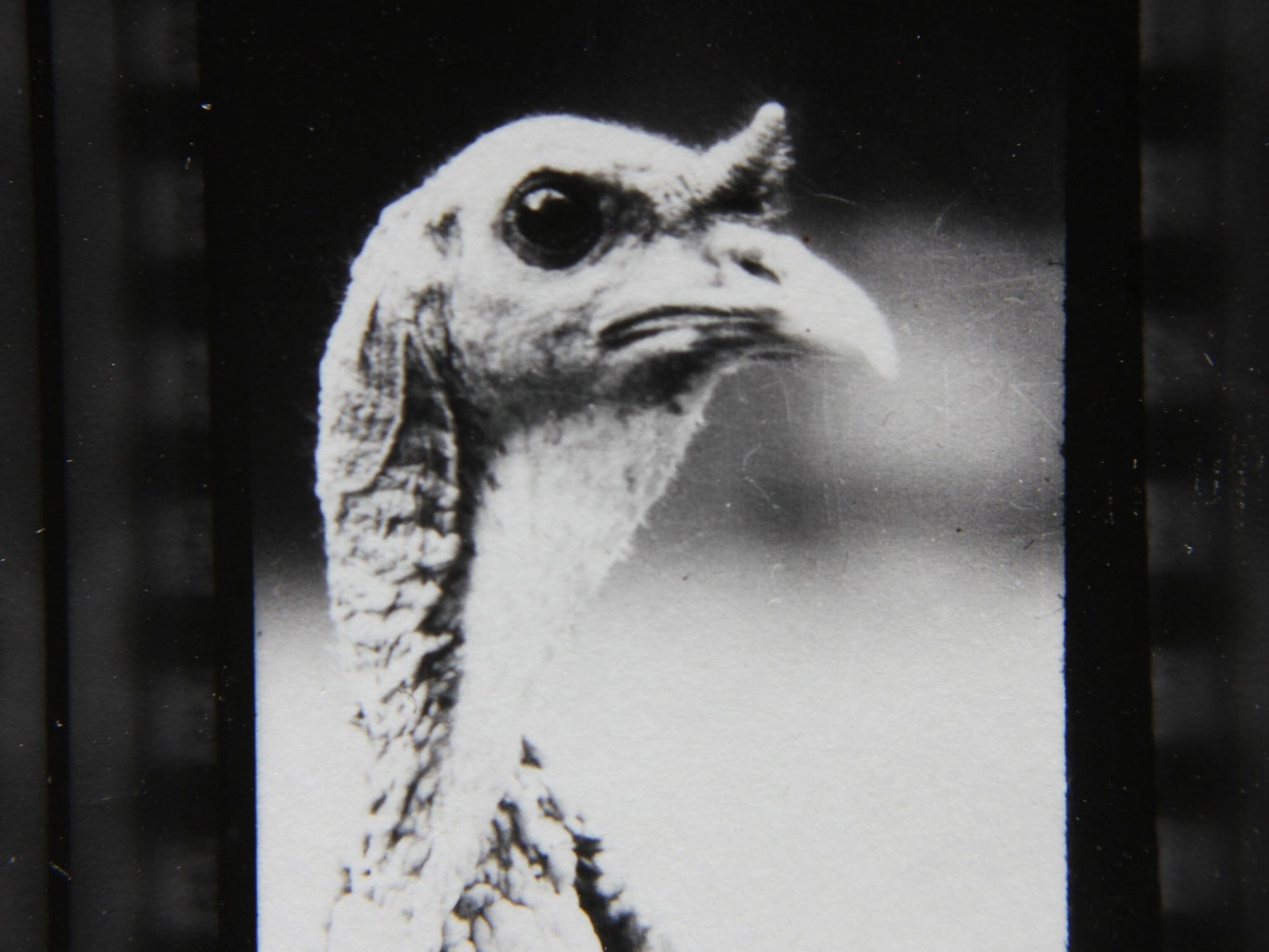
How Wild Animals Are Hacking Life in the City
Mountain lions and ants are among the many species great and small figuring out clever ways to live among people.
In downtown Chicago, a coyote spends his entire life in one cemetery, eating chicken that Sunday mourners place on the graves. On Manhattan sidewalks, ants survive on hot dogs and potato chips, seemingly no worse for the junk food diet. And in Los Angeles, a mountain lion roams the Hollywood Hills, tiptoeing around throngs of tourists without ever being seen.
As people flock to cities like never before—six billion will live in urban areas by 2045—they're not alone. Attracted to plentiful food and mostly protected from hunting, among other natural dangers, a veritable menagerie of creatures also calls cities home.
And these new urbanites, ongoing research shows, are learning how to change their lifestyles—sometimes dramatically—to suit ours.
Several urban species have adapted to living in much tighter spaces than they do in the country. Some have become active at night, when people aren’t around, and perhaps most crucially, many have figured out how to navigate busy roads without getting hit. (See “Feral Cities: How Animals are Going Urban Like Never Before.”)
"We forget that we are the biggest cause of evolution on the planet right now,” says Suzanne MacDonald, a psychologist and biologist at York University in Toronto, Canada, who studies urban raccoons.
"We have this view of the wild as a pristine place" and of evolution as something that happens "in the wild," she says. "But humans in cities are changing the animals now."
And with so many animals going urban, humans must view cities as part of—not separate from—nature, adds MacDonald, a National Geographic grantee.
"To live in harmony with animals whose habitat we’re destroying, we’re going to have to do a lot more work in what we’re doing to them."
Wily Coyotes
Successful city dwellers have a few things in common, including a flexible diet and resourcefulness.
A star example is the coyote, native to middle America, which has spread into nearly every corner of the U.S. in the past few decades—even the Bronx. (Also see "How Did a Coyote End Up on a Roof in New York City?")

The omnivores will also eat almost anything, from leather to backyard fruit, though many prefer wild prey, even when living in cities.
They emerge at night, and video shows they’ve likely learned to observe traffic patterns to figure out when to cross roads.
The predators are also excellent at hiding. In downtown Chicago, one GPS-collared coyote pair raised a litter of five healthy pups inside a secret concrete den in the parking lot of Soldier Field Stadium, home of the Chicago Bears. (Related: "Downtown Coyotes: Inside the Secret Lives of Chicago's Predator.")
It’s no surprise—with at least 400,000 killed annually, "there's no other species that has experienced the level of persecution that we've posed toward coyotes," says Stan Gehrt, a wildlife ecologist at Ohio State University in Columbus who, along with his grad students, has been studying Chicago’s coyotes since 2000.
As a result, "they have to do a lot of problem solving to avoid people, no matter where they are."
"It’s a pattern we’ve seen across the whole continent—they’re figuring out a way to deal with whatever we’ve done to the landscape," adds Chris Nagy, a wildlife biologist and co-founder of the research project Gotham Coyote. "It’s a lot of fun to study species like that."
Street Smarts
Intrigued by such innovativeness, urban ecologists are studying whether city animals are craftier than their rural kin at tackling challenges.
The Barbados bullfinch sure seems to be. The island native is known for stealing sugar packets from restaurant terraces.
In lab experiments, Jean-Nicolas Audet, a biologist at Montreal’s McGill University, tested the problem-solving skills of finches captured from rural and urban environments. The birds could see food inside a semi-transparent plastic box, and could access the food by opening the lid or pulling a drawer.
In both experiments, urban birds performed better at getting the food, according to a 2015 study in the journal Behavioral Ecology.
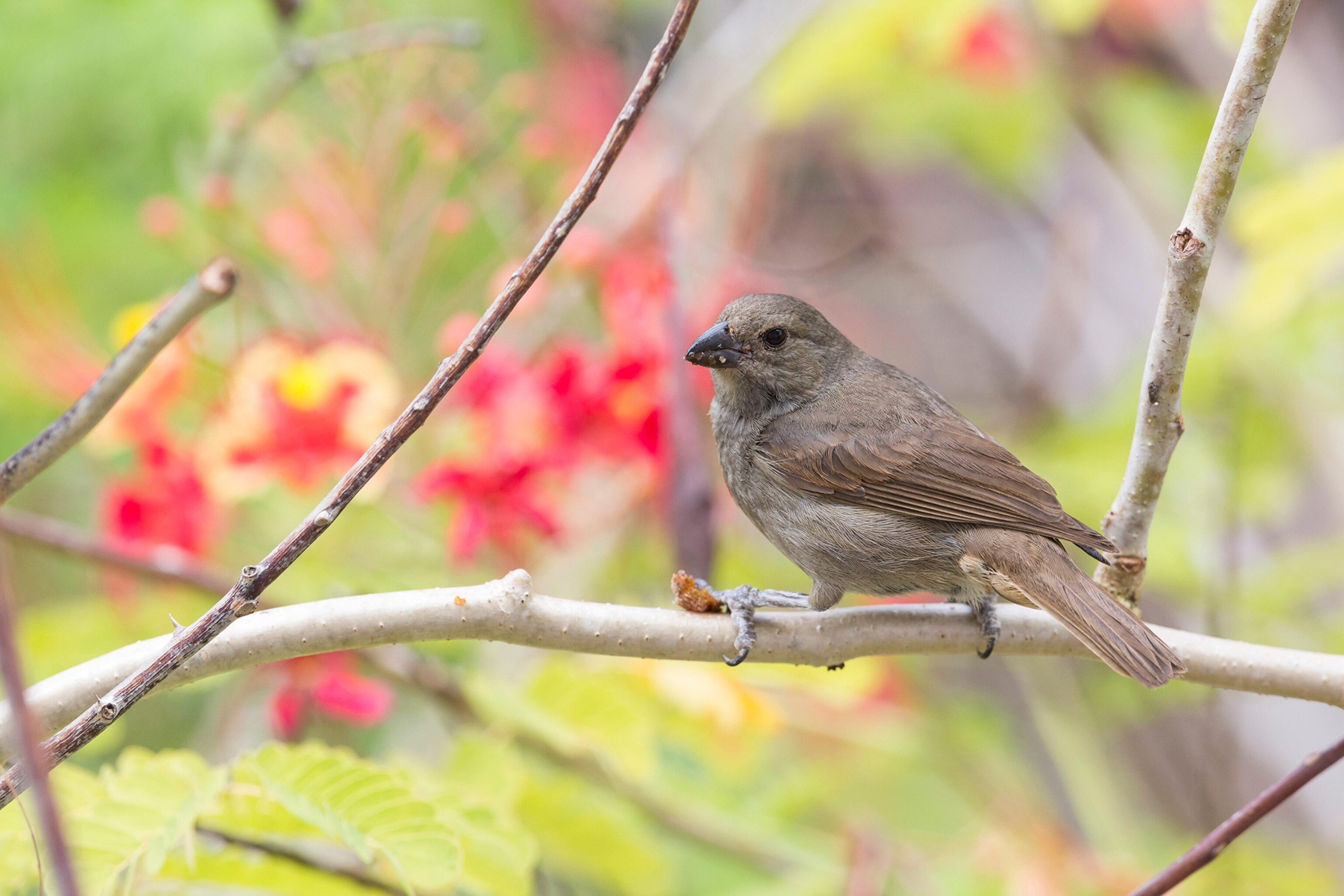
Urban raccoons display an equally enterprising spirit.
For her latest research in Toronto, MacDonald set up problem-solving experiments for raccoons at various rural and urban sites—usually in people’s backyards. Each task involved food as a reward, and the most difficult required the raccoon to pry a lid off a trash can sealed with a bungee cord.
MacDonald then filmed hundreds of hours of videos of raccoons trying their best to get a free meal. She focused her research on 22 of the urban raccoons and 22 rural raccoons. (Related: "Watch Raccoons Escape Trash Can—Are Urban Animals Getting Smarter?")
Her data revealed that none of the rural raccoons could get into the trash can; 80 percent of the city animals did.
"It was startling to me—I didn’t expect that," she says.
City Eats
The little guys toiling under our feet can be just as clever, according to Clint Penick, a biologist at North Carolina State University.
Penick studies what makes a “good city ant” in New York City, where he’s observed the insects and their diets in various environments, including sidewalks.
We even call the most common species in major U.S. cities the pavement ant.
These ants eat mostly human food, and they’re especially adept at mobilizing their large colonies to nab the pizza crusts, cookies, and the like that people drop—sometimes within seconds of the food hitting the ground.
More so than other ant species, “they can find resources in what would be for an ant the equivalent of a food desert,” Penick says.
Along New York’s famous Broadway, for instance, pavement ants may eat an astonishing 2,100 pounds (544 kilograms) of junk food—the equivalent of 60,000 hot dogs—in less than a year, according to a study published in 2014 in Global Change Biology. (Related: “Bugs, Spiders Keep NYC Clean by Eating Garbage.”)
Though Penick and colleagues haven’t yet studied if the diet affects the ants’ longevity or reproduction, they seem just fine eating junk, he says.
Thriving on such a diet isn’t unique to ants, either—in Bakersfield, California, the endangered San Joaquin kit fox lives on “people food” in its habitat of golf courses, drainage pits, vacant lots, and school campuses.
Despite having higher cholesterol levels than those of rural kit foxes, these urban foxes are doing surprisingly well—even having more babies, according to a 2010 study in the Journal of Mammalogy.
You'd expect that eating junk would harm the animals' health, but “little evidence for such effects exist,” the study says.
Co-author Katherine Ralls, of the Smithsonian Conservation Biology Institute, suspects their bad diets simply don't have time to catch up with them—as happens in longer-lived people.
"Not too many five-year-[old] kids with serious heart problems due to red meat and fat in diet!" Ralls quipped by email.
What’s Behind It?
As scientists dig deeper into how animals have adapted to city living, they're also starting to ask whether they’re actually evolving in response to this new environment.
MacDonald, who suspects that urban raccoons are evolving as they adapt to cities, wants to test that theory this spring by giving baby raccoons problem-solving tasks. If urban youngsters are better than their rural compatriots, they may have been born with it, she says.
McGill’s Audet doesn't think evolution is a factor, since cities are only a few hundred years old. "It could be a case of extremely rapid evolution, but I think this is unlikely," he says.
Another possibility is that the species we see thriving in cities are those that already had adaptations that make them more likely to succeed in cities.
For instance, "there's something in the pavement ant's biology,” Penick says, “that makes them better competitors for getting human food."
Split Personalities
Stan Gehrt in Chicago thinks the answer, at least for some species, might be rooted in an animal’s personality.
Gehrt and his grad students are analyzing urban Chicago coyote DNA to see if they can find genetic markers that predict shy or bold personalities—borrowing from research techniques already done in pet dogs.
Gehrt’s preliminary research suggests that coyotes’ shyness or fear of new things—what scientists call neophobia—is actually beneficial.
For instance, Gehrt is still tracking the little-seen mother who raised her pups at Soldier Field. Her mate, which the scientists saw regularly, has died.
Some coyotes “may be rewarded for being bold; in other cases punished,” Gehrt says. “It could be a very complex thing, where a certain level of boldness is OK.”
That’s the opposite of what MacDonald has found in raccoons, for which being “persistent and curious” pays off, she says.
So what makes a successful urbanite could depend on the species—a shy bird and a curious raccoon may both do well in cities, for instance.
Complicating matters, personalities can also differ regionally—in Denver, urban coyotes are "amazingly visible and brazen," says Stewart Breck, a research wildlife biologist with the U.S. Department of Agriculture.
"If no one had seen a coyote before, I wouldn't take them to a rural environment, I’d go to Denver," says Breck, who suspects that a drop in hunting in Colorado has made the animals less afraid of humans.
City Blights
Whatever is allowing animals to adapt to cities, urbanization overall has not been good for them, historically speaking. Human development is well documented to decrease biodiversity, or the number of species in an area.
Seth Riley has seen some of the downsides of city living in his research on bobcats, coyotes, and mountain lions in the Santa Monica Mountains, which surround Los Angeles. (See “Adorable Mountain Lion Kittens Found Near Los Angeles.”)
"In many ways it’s surprising how adaptable all three species have been," Riley says. Mountain lions, for instance, willingly limit themselves to 25 square miles (64 square kilometers) instead of their staggeringly large range of around 370 square miles (960 square kilometers) in the wilderness.
But male mountain lions, which have learned to cross highways to get to pockets of mountain habitat, often get stuck, hemmed in by increasing development.
Not only are they unable to find mates and reproduce, the males, unaccustomed to being in such close quarters, tend to get in fights and kill one another, Riley says. Mountain lions have also gotten killed by cars and from eating rodenticide, or rat poison.
Rat poison is a bigger problem for bobcats, which live in fairly dense numbers in urban areas around Santa Monica. Their survival rates are down from 75 percent in the past to 30 percent now due to widespread mange, a parasitic disease that causes hair loss and lesions, according to Riley, a wildlife ecologist with the Santa Monica Mountains National Recreation Area.
Mange is usually not fatal, but Riley and colleagues’ research has shown that bobcats ingest rat poison via their prey, which in turn lowers their immunity and makes them more susceptible to dying from mange.
Urban Haven
For sure, some animals will never adjust to urban life: "They either have it or they don't," as Audet puts it.
As for wildlife that has made the leap to cities, experts say it’s time to view them as one of us.
"We have to completely flip the story on its head," says Seth Magle, director of the Urban Wildlife Institute at Chicago’s Lincoln Park Zoo.
"We started from this narrative in which the city is the villain, an evil landscape that chews up the environment and leaves nothing behind," he says.

"That's certainly true, but the other reality is we're not going to stop urbanizing the planet, so how do we turn cities into something good, something positive, for wildlife?"
To that end, Magle’s institute has set up a long-term study that tracks urban wildlife—including mammals, reptiles, insects, and more—at a hundred sites throughout Chicago.
"Knowing where Chicago’s urban wildlife is located will help us to better conserve it," he says.
For instance, an endangered bird called the black-crowned night heron has its biggest colony in the heart of Chicago, the third largest city in the U.S. "The bird seems to be adapting to urban spaces, and it indicates we can do conservation in cities."
From a simpler perspective, animal-filled cities are just beautiful places to be.
"Most people are never going to see Africa," Riley says, "but they can maybe see a bobcat or a coyote near their house, and have that feeling of being in a wild place."
Follow Christine Dell'Amore on Twitter.





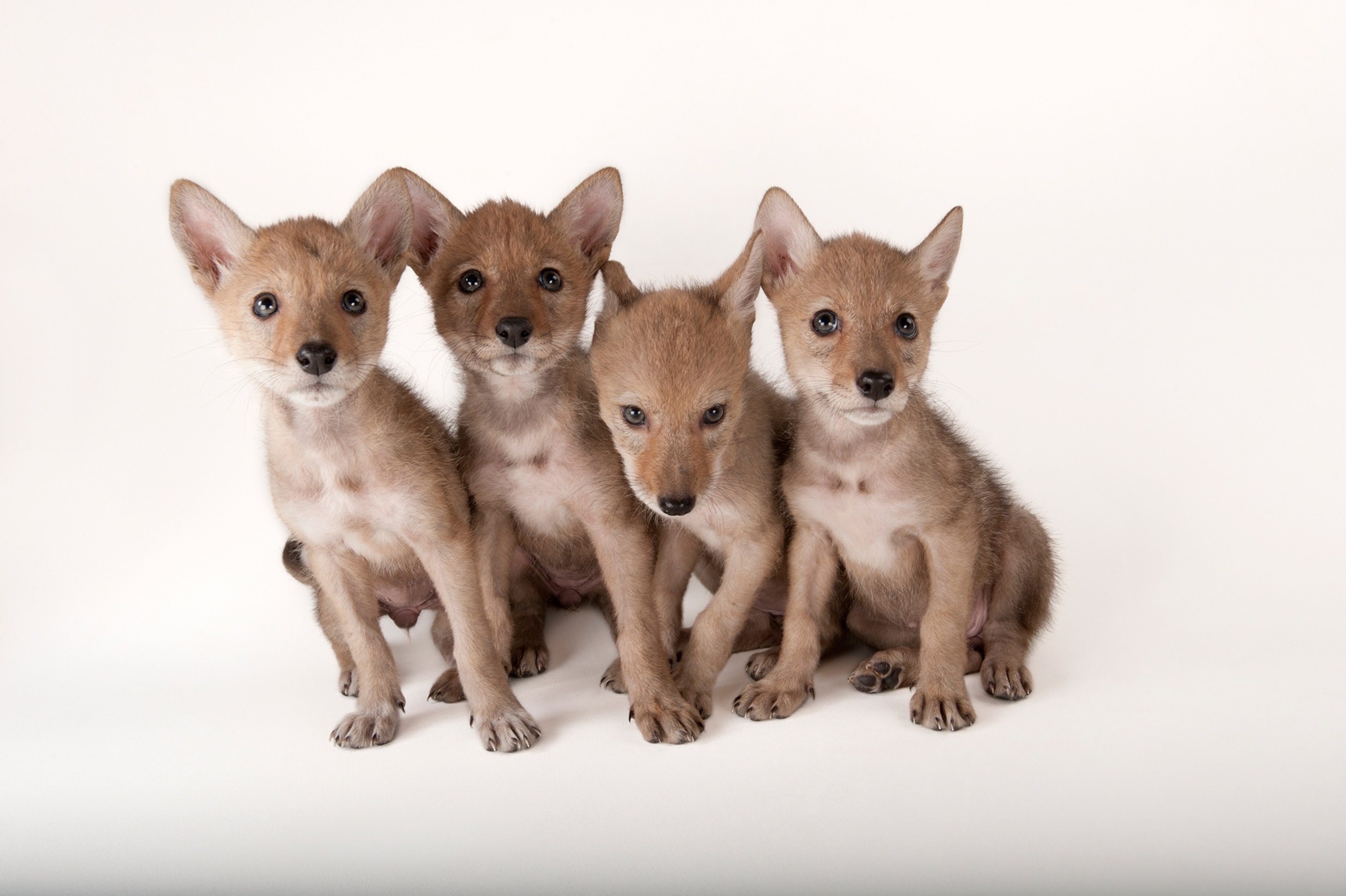

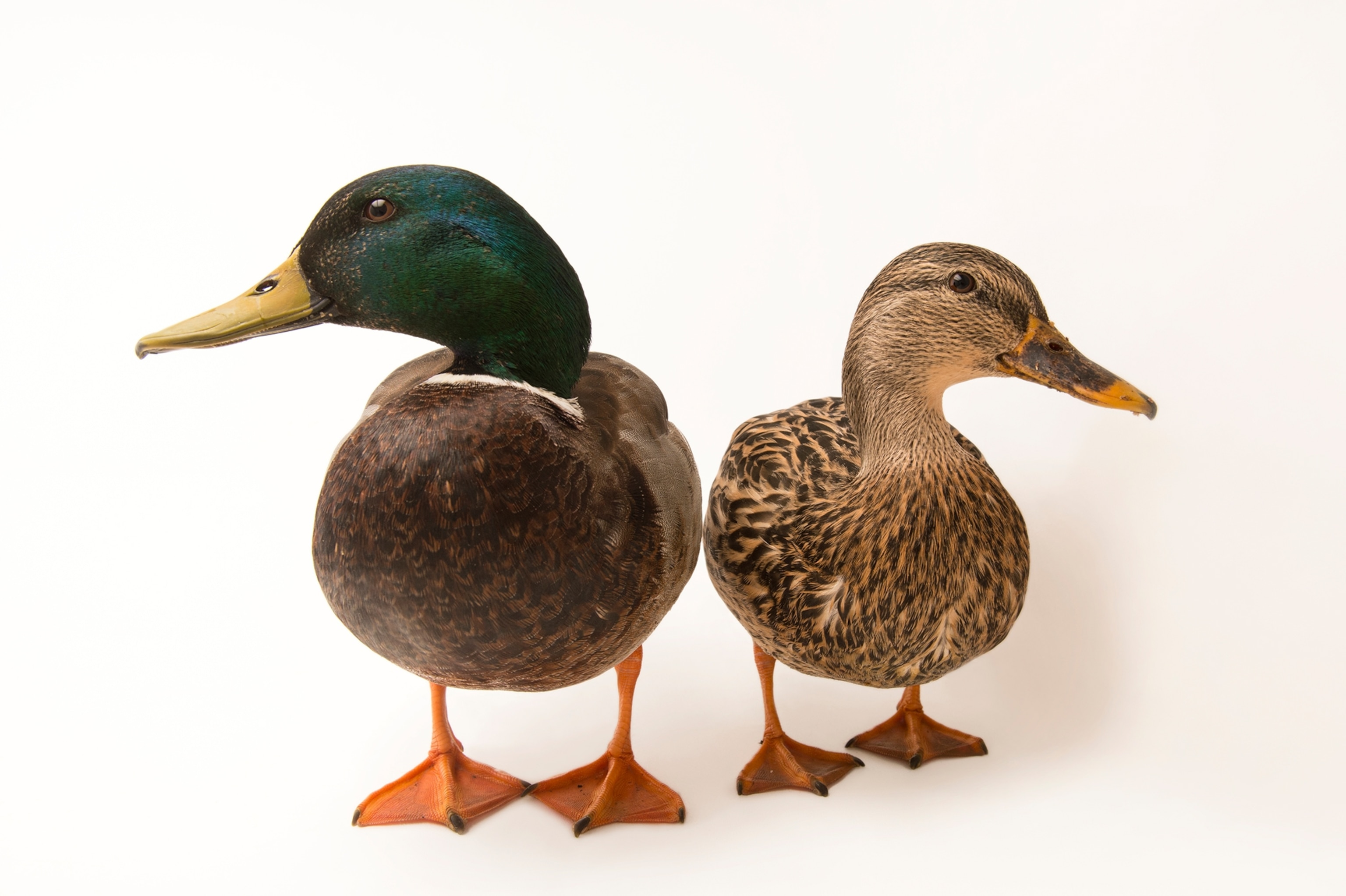
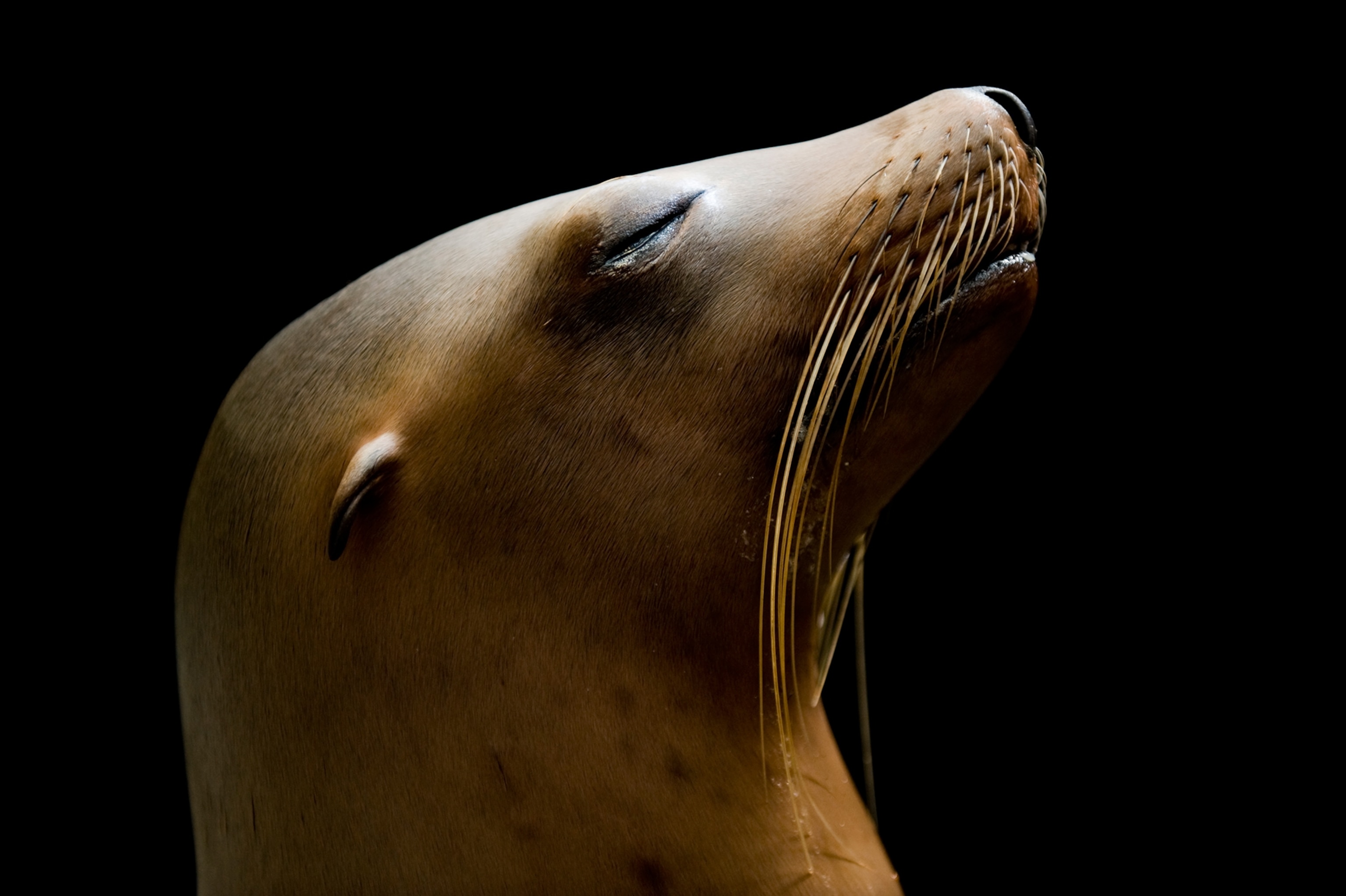
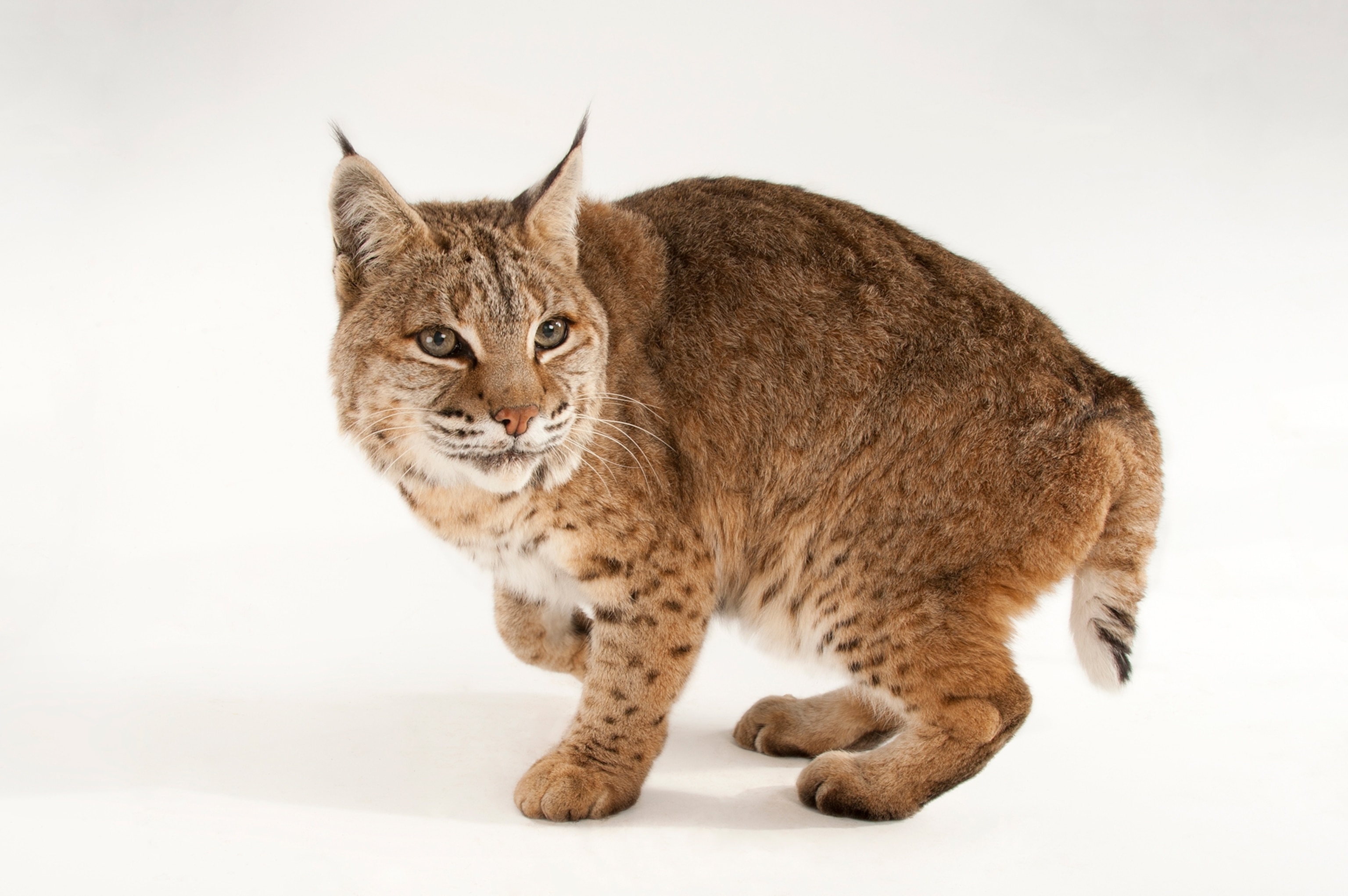
You May Also Like
Go Further
Animals
- The world's largest fish are vanishing without a traceThe world's largest fish are vanishing without a trace
- We finally know how cockroaches conquered the worldWe finally know how cockroaches conquered the world
- Why America's 4,000 native bees need their day in the sunWhy America's 4,000 native bees need their day in the sun
- Crowdsourcing an anti-poaching movement in South Africa
- Paid Content
Crowdsourcing an anti-poaching movement in South Africa - Fireflies are nature’s light show at this West Virginia state parkFireflies are nature’s light show at this West Virginia state park
Environment
- 2024 hurricane season forecasted to be record-breaking year2024 hurricane season forecasted to be record-breaking year
- Connecting a new generation with South Africa’s iconic species
- Paid Content
Connecting a new generation with South Africa’s iconic species - These images will help you see coral reefs in a whole new wayThese images will help you see coral reefs in a whole new way
- What rising temps in the Gulf of Maine mean for wildlifeWhat rising temps in the Gulf of Maine mean for wildlife
- He’s called ‘omacha,’ a dolphin that transforms into a man. Why?He’s called ‘omacha,’ a dolphin that transforms into a man. Why?
History & Culture
- Why this Bronze Age village became known as ‘Britain’s Pompeii’Why this Bronze Age village became known as ‘Britain’s Pompeii’
- These modern soldiers put Bronze Age armor to the testThese modern soldiers put Bronze Age armor to the test
- Should couples normalize sleeping in separate beds?Should couples normalize sleeping in separate beds?
- They were rock stars of paleontology—and their feud was legendaryThey were rock stars of paleontology—and their feud was legendary
Science
- Epidurals may do more than relieve pain—they could save livesEpidurals may do more than relieve pain—they could save lives
- Why the world's oldest sport is still one of the best exercisesWhy the world's oldest sport is still one of the best exercises
- What if aliens exist—but they're just hiding from us?What if aliens exist—but they're just hiding from us?
Travel
- Visit Rotterdam as it transforms itself into a floating cityVisit Rotterdam as it transforms itself into a floating city
- How to get off the beaten track in Northern LanzaroteHow to get off the beaten track in Northern Lanzarote






